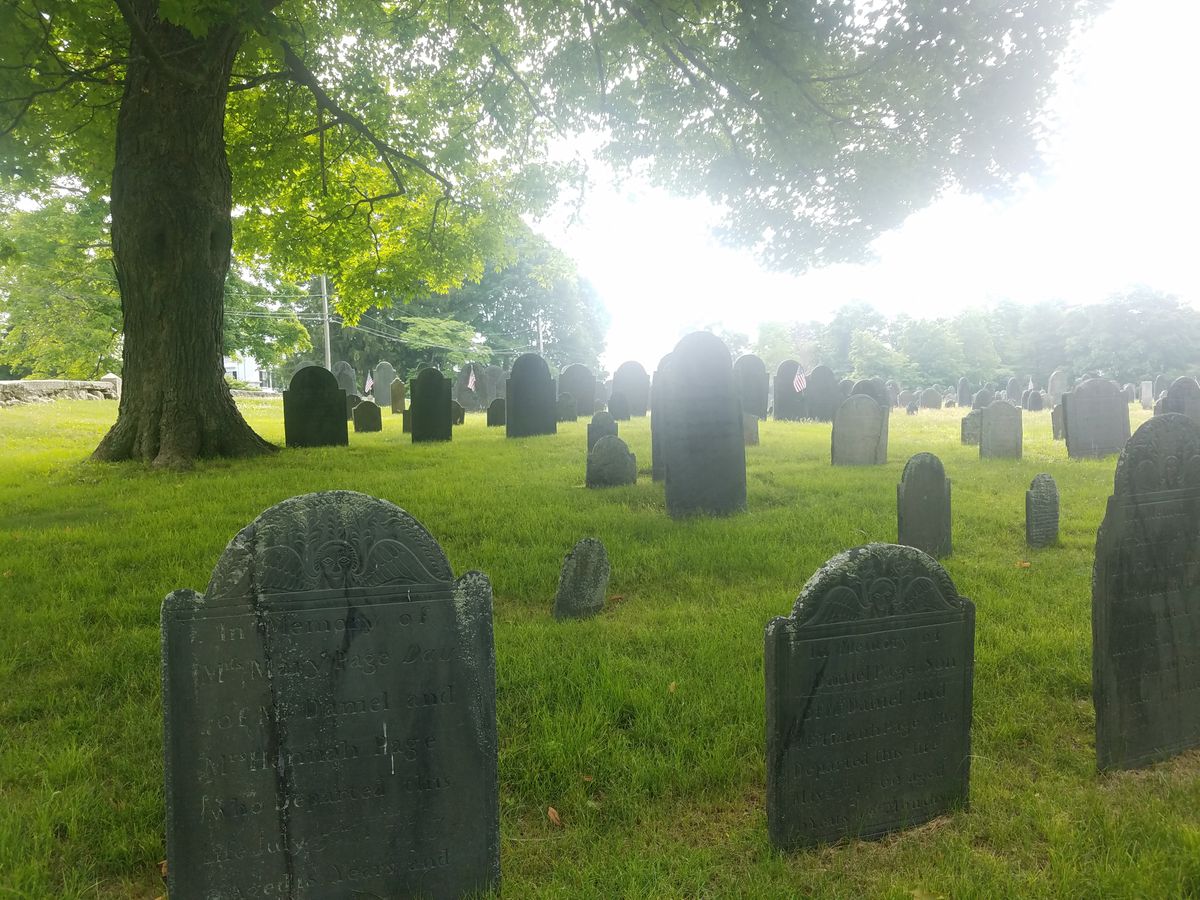About
When you think of witch trials, Salem and their famous trials are the first that come to mind. However, in a sleepy farming community a few miles north of Salem, there was another similar type of hysteria. The Andover Witch Trials swept over the small community surpassing the events in Salem in accusing and arresting more "witches."
Under the influence of radical preacher Reverend Thomas Barnard, the witch hysteria began when Benjamin Abbot accused Martha Carrier of bewitching him after he fell ill directly after an argument with Carrier. Despite declaring innocence, she was arrested and sentenced to be hanged on August 19th, 1692. Between July 15th and September 7th, more and more arrests were made of those accused of witchcraft. As part of the Andover Witch Trials, the famous "touch test" was used by Reverend Thomas Barnard at the meeting house to produce evidence leading to the arrest of 18 accused witches.
Eventually, public opinion began to turn on the witch trials thanks to the work of Barnard's co-pastor Rev. Frances Dane. Of the more than 40 accused witches, only three were convicted and sentenced to death: Martha Carrier, Mary Ayer Parker, and Samuel Wardwell.
Located in what is currently North Andover, few reminders exist of this sordid past. Among the meeting house, churches, and houses that were the backdrop for these trials, only the burial ground, and Abbot's house are still around today. Within the burial ground lies the final remains of many of the actors in the witch trials, both accusers and accused. Among them are Barnard and Justice of the Peace Dudley Bradstreet.
Related Tags
Know Before You Go
Parking is available on the street near the burying ground, as well as further down the road at the Town Common.
Published
March 28, 2023

























